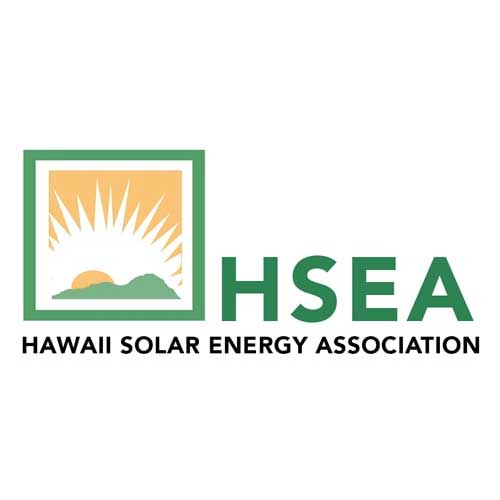
Challenges of Installing a Smart Grid in Hawaii
Isolation
On the mainland, electricity generation stations are interconnected in a super-grid, allowing power generated in one state to be sent to users in another state. In fact, mainland utilities often have agreements to cover each other’s backs if needed.
However, in Hawaii, electrical stations on each island are not interconnected with stations in other states or islands, thus, cannot depend on another island or state for backup or emergency electricity. This means that each electrical station on every island in Hawaii must be able to provide for the energy capacity of the largest possible load, which is a huge task for a smart grid to handle.
Old Infrastructure
In the last few years, HECO has been working on bringing its systems up-to-date mainly by upgrading the supervisory control and data acquisition (SCADA) system that controls critical responsibilities of the grid. Many substations have not yet been integrated into the SCADA system, so the utility would not be able to monitor customer loads, defeating one of the purposes of having the smart grid.
Cost
Of course, building such an intuitive tool is bound to be expensive. For example, a normal meter costs approximately $25, the smart grid meter costs about $400. To put this in perspective, Maui has roughly 67,000 meters. This comes out to $26.8 million dollars for just the meters on Maui alone.
Existing Smart Grids in Hawaii
A smart grid has already been installed on Maui as an experimental project that uses electric vehicles to address the unstable supply of solar and wind power. A joint undertaking by the U.S. and Japan, the smart grid was launched in Kihei in December 2013 by Hitachi and five other participating companies.
A Smart Grid In Action
With users connected to the smart grid, information technology forecasts when power demand will drop, an example being from midnight to 6am. During this time, batteries of electric vehicles are charged, utilizing, say, wind-generated power, which is often wasted during this time of the day.
The smart grid project entered a new phase in April 2016 when two hundred electric vehicles were introduced that have the capability to discharge electricity. This allowed energy stored in the car batteries to be used to power households and each household can adjust their power supply and demand via their electric vehicle, reducing the electricity needed from the utility company. The traditional grid we currently have in place, is not ideally equipped to deal with this kind of interaction.
Haleakala Solar has been working with Hitachi in the implementation of this large scale project and is excited to part of helping Hawaii to reach it’s goal of 100% renewable energy by 2045.









